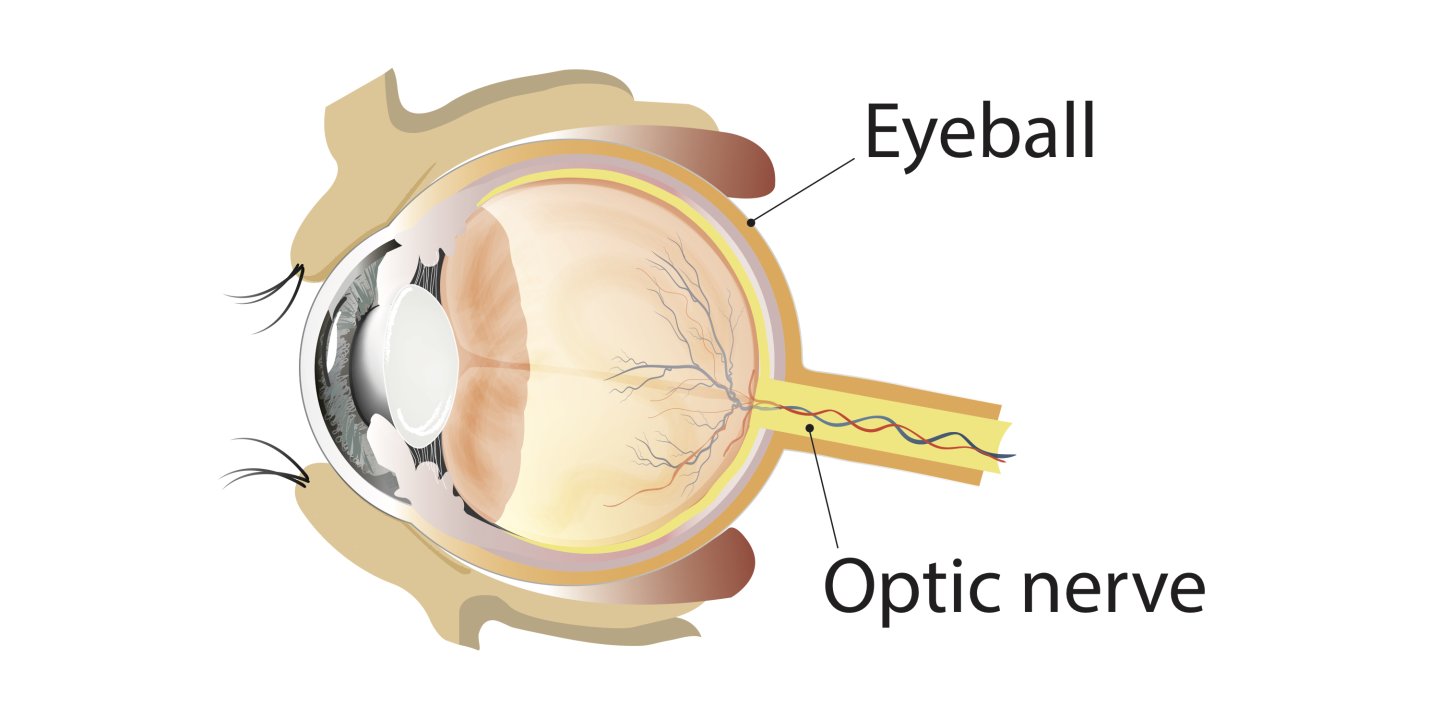
What causes MS eye problems
Eye symptoms with MS can be caused by the effects of MS on your brain or your optic nerve. Some MS treatment side effects can also cause eye problems.
What is the optic nerve?
An optic nerve joins each eye to your brain. When you look at something, the back of your eye (the retina) changes the light that lands on it into an electrical signal.
Your optic nerve sends these signals from your eye to your brain. Your brain then decodes this signal into what you see.

Your optic nerve is part of your central nervous system, along with your brain and spinal cord.
How is the optic nerve affected by MS?
MS can cause inflammation or damage in the optic nerve or the protective covering around it.
For example, if you have an MS relapse, inflammation can directly affect how your nerves work. It can also cause problems by damaging the nerve fibres and the covering of the nerves.
This covering is made of a fatty substance called myelin. If the myelin covering gets damaged, the nerve won’t work how it should. This can affect your sight or how your eyes move.
Your body can usually repair much of the damage MS causes to your nerves, including your optic nerve.
That’s why your sight often goes back to normal after a relapse. But there might be some lasting changes afterwards.
Effects of MS on nerves in the brain
Inflammation or damage to nerves in the brain can also affect eyes and vision. Different parts of the brain are involved in sight.
For example, double vision (diplopia) happens when the nerves in your brain that control eye movement muscles are affected. And nystagmus can be caused by damage in the cerebellum – that part of the brain is also involved in balance, among other things.
Side effects from treatments
If you have relapses with your MS, you could take a disease modifying therapy (DMT). A DMT could mean you get fewer relapses and ones you do get could be less serious. That could mean MS affects your eyes less.
Some DMTs, including fingolimod, ozanimod, ponesimod and siponimod, can cause a serious side effect that involves the eyes. It’s called ‘macular oedema’.
The chances of this side effect vary between these different treatments. Up to 1 in 10 people who take ponesimod (brand name Ponvory) or siponimod (Mayzent) get this side effect. With finolimod (Gilenya) and ozanimod (Zeposia), it's up to 1 in 100 people.
You’re more likely to get it if you also have diabetes.
What is macular oedema?
In macular oedema, fluid builds up at the back of your eye. This can give you blurry or distorted vision. These are a lot like common MS-related eye symptoms. So you might mistake macular oedema for your usual symptoms. You can also have macular oedema but not notice anything wrong.
Check-ups for macular oedema
You’ll have your eyes checked a few months after you start one of these drugs. This check-up will probably include an ‘OCT scan’ which can show up macular oedema.
You’ll be checked more often if you’re diabetic. You’ll also be checked more often if you’ve ever had an inflammation of the eye called uveitis.
Recovery from macula oedema
If you get macular oedema, you’ll be told to stop taking the drug. Your eyes should then go back to how they were. Your doctor will talk to you about starting a different DMT.
If you’re taking a DMT and notice changes in your sight, tell your neurologist or MS nurse straight away.
Read more about the benefits and possible side effects of DMTs
Last full review: | Next review:
We also update when we know about important changes.




